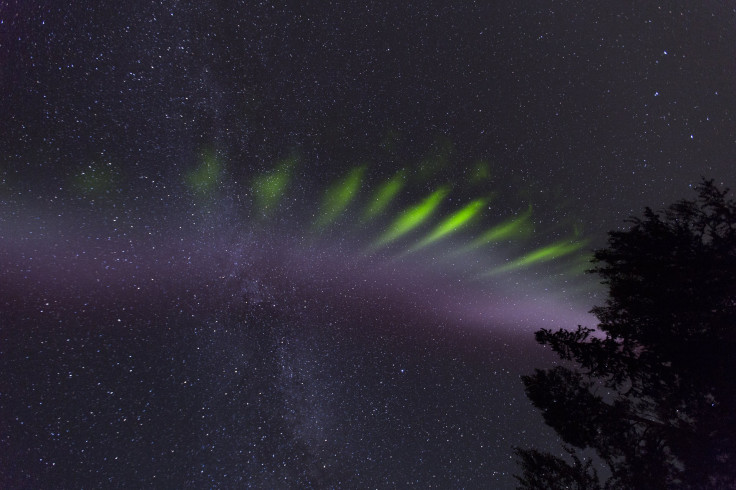Researchers Use Citizen Photos To Analyze Steve, Picket Fence Phenomenon

A strange light phenomenon became a subject of debate after photos of it were uploaded in the Aurora Chasers Facebook group. What made the phenomenon strange is that it looked much like an aurora, but the origins were then unknown to scientists.
It was since called Steve (Strong Thermal Emission Velocity Enhancement), and scientists have been trying to understand the phenomenon more and more. For instance, in 2018, researchers determined that Steve is technically not an aurora even if looks and behaves like one, and that the green lights called “picket fences” that sometimes come along with Steve arise from a similar process that results in an aurora, but comes from outside the Auroral zone.
Steve Images
In a recent study published in Geophysical Research Letters, researchers approached the Alberta Aurora Chasers for images of Steve from two different angles and locations. Researchers identified the stars in the images using the SkySafari application, then used the information to orient the photographs and determine the altitude ranges of Steve and the picket fences.
This way, they were able to determine the exact position of Steve and the picket fences in the sky.
Researchers found that Steve's optical emissions range from 130 to 270 kilometers in altitude, while the picket fence altitude ranges from 95 to 150 kilometers. They further found that while Steve and the picket fence align along similar magnetic fields, the picket fence is triggered by raining electrons but there is so far no evidence that Steve is triggered by the same mechanism.
This also aligns with previous research findings which determined that Steve is not a result of charged particles falling into the atmosphere.
Citizen Scientists
As mentioned, it was citizen scientists who first captured interest in Steve because of the images they posted, and even now their work remains valuable to understanding Steve.
“Although this is a conceptually straightforward result, it contributes significantly to our understanding of Steve,” ESA's Roger Haagman said. “The combination of Swarm data along with photographic observations may help enable us to unravel the mystery that is Steve.”
In fact, ESA's Swarm mission manager Rune Floberghagen had once described Steve as an "excellent" example of citizen science.
© Copyright IBTimes 2025. All rights reserved.






















